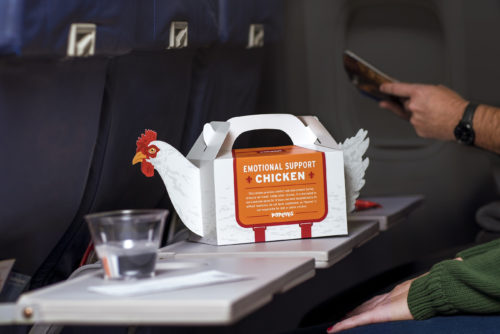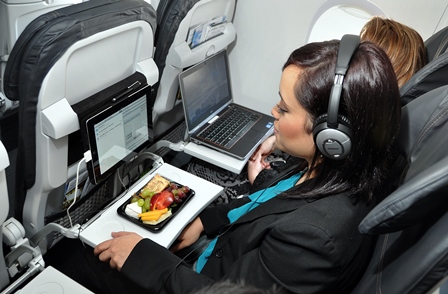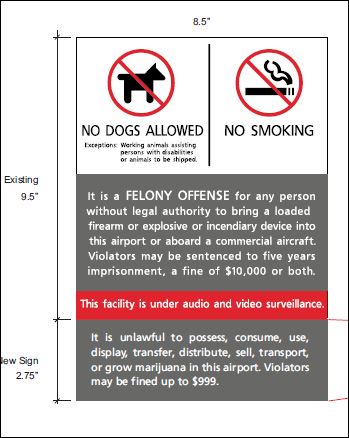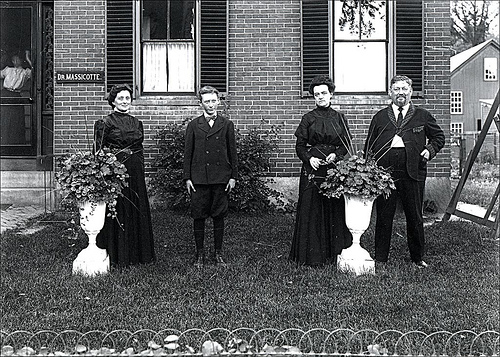
It’s been a while since we had a story about someone trying to pass off what is clearly a pet as an emotional support animal so that the pet will fly for free.
Airlines tightened their policies on this after things got out of hand with passengers passing off badly behaved, dangerous, and obviously untrained animals as emotional support animals.
Now, after a long wait and much debate, the Department of Transportation (DOT) has issued its final ruling on the matter.
Basically, the DOT definition of a service animal is now aligned with the Americans With Disabilities Act’s definition.
Here are some of the key takeaways to know:
*The rules now define a service animal as a dog, regardless of breed or type “that is individually trained to do work or perform tasks for the benefit of a qualified individual with a disability, including a physical, sensory, psychiatric, intellectual, or other mental disability.”
*Airlines may now categorize emotional support animals as pets rather than service animals and limit a passenger to only two service animals.
*Airlines may require passengers traveling with a service dog to fill out a DOT-approved form attesting to the animal’s training and to vouch for the dog’s good health. On flights eight hours or longer owners must promise that their service dog won’t have to relieve itself or can do so in a sanitary manner.
You can read the other details of this final ruling here.
Who likes the rule? Who hates it?
Companies that issue emotional support animal certificates over the internet for a fee are, understandably, not happy with the ruling. Nor are travelers who have been flying their pets uncrated in the airline cabins for free with these fake papers.
But organizations that train services dogs and groups that represent and serve travelers with disabilities welcome today’s announcement.
“People with disabilities depend on their service dogs to live independently,” says Sheri Soltes, vice-chair of Assistance Dogs International NA. “With the new DOT rules, airline passengers with disabilities who use trained service dogs can travel safely without the risk of themselves or their dogs being attacked by out of control animals.”
Christine Benninger, President and CEO of Guide Dogs for the Blind, says “This much-needed ruling acknowledges the negative effects fraudulent service animals have had on legitimate service animals and their handlers, which include safety, health, risks of attacks from untrained animals, and the erosion of the positive public image of a formally trained service dog.”
She notes, though, that there are challenges ahead. “The ruling requires handlers to provide more pre-boarding paperwork and validation, and the addition of extra steps for those traveling with a disability is not equal access.”
And Open Doors Organization (ODO) says:
“By aligning the definition of a service animal with that of the Department of Justice under the Americans with Disabilities Act (ADA), the DOT has ensured that untrained animals, classified as emotional support animals, are no longer traveling uncrated in aircraft cabins, making air travel safer for everyone and eliminating the stigma for legitimate service animals.“
By defining a service animal as a dog that is trained to perform a task or function to assist a person with a disability, and including psychiatric service animals, the air travel experience is safer for everyone and legitimate service animals and their handlers will be treated with the respect they deserve.“
What do you think?





